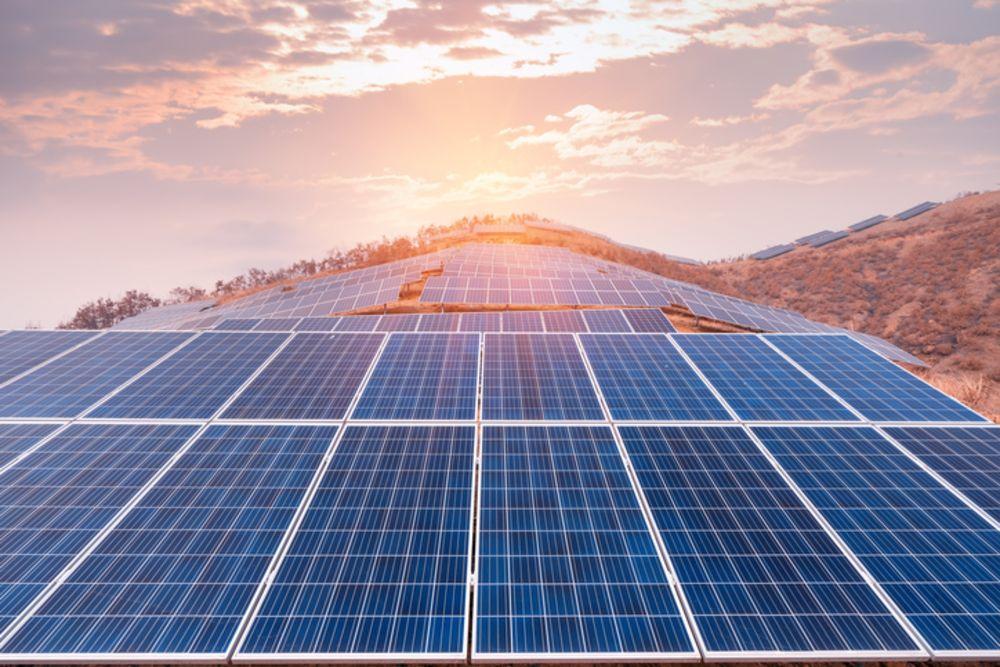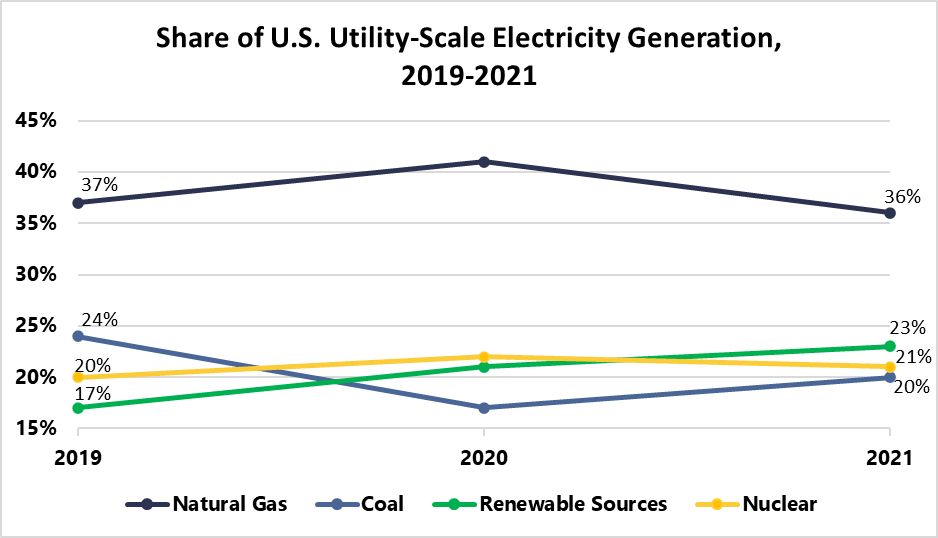The negative impact that the COVID-19 pandemic and ensuing economic downturn have had on the solar industry is well-documented. Some under-the-radar benefits have emerged, however, that underscore the staying power of solar energy and the renewables sector.
Planet Earth Enjoys a Respite
The “stay at home” orders and restrictions in travel implemented by countries across the world earlier this year to slow the spread of the COVID-19 virus represented a first-of-its kind social experiment that sought to collectively change human behavior on a massive scale. An unexpected benefit of this unprecedented disruption to modern life was the ensuing sharp reduction in carbon emissions, which gave Mother Earth a much-needed break in its ongoing battle against global warming.
In China alone, carbon emissions fell by 100 million metric tons according to one analysis that focused on a 2-week period after the Chinese New Year on January 25.
A scientific study released by environmental researchers in May noted that daily carbon emission levels in early April – when restrictions on movement were most widespread – fell by 17% from 2019’s average levels. The scientists focused their research on 69 countries that are collectively responsible for 97% of global carbon emissions. The researchers anticipate that emissions for the year will fall by 7% compared to 2019, which would be the biggest year-over-year drop since World War II.
Although welcome news, the decline in carbon emissions also shows the limitations of reducing emissions by altering human behavior alone. Afterall, 83% of carbon emissions remained in place even with almost all of the top polluting countries in the world curtailing their emissions in an unprecedented way. This reality underscores why more widespread adoption of solar energy and other forms of renewables need to play a central role in the fight against climate change, since behavioral modifications by humans can only achieve so much.
Solar Panel Output Ticks Up
The clearer skies brought on by worldwide “stay at home” orders have also led to another surprising outcome that environmentalists and clean energy enthusiasts are hailing – a noticeable jump in solar energy output.
A study released earlier this month in the scientific journal Joule studied the impact that less polluted skies in Delhi, India had on the solar energy capturing abilities of solar panels in the city. Researchers focused on Delhi in part because it is one of the most polluted cities in the world. India also enacted a quick and dramatic lockdown starting on March 24, making before and after comparisons easier to capture.

Photo Source: The Guardian; Pictured: New Delhi’s India Gate war memorial on 17 October 2019 and on 8 April 2020
The researchers found that the amount of sunlight reaching solar panels in Delhi during the lockdown increased by 8% in late March and 6% in April compared to the same time periods in 2017, 2018, and 2019. The researchers make the unmistakable tie between air quality and the effectiveness of solar energy systems, an often-overlooked component of the solar efficiency equation. This study confirms similar work conducted in 2018 on the deleterious effect of air pollution on solar panel efficiency in Delhi.
A reduction in carbon emissions and the continued adoption of solar energy go hand-in-glove when it comes to any meaningful climate action plan. As one of the study’s contributing authors, Ian Marius Peters, put it:
“We’ve gotten a glimpse of what a world with better air looks like and see that there may be an opportunity to ‘flatten the climate curve.’ I believe solar panels can play an important role, and that going forward having more PV installations could help drive a positive feedback loop that will result in clearer and cleaner skies.”
Wholesale changes in emissions standards the world over would instantly make existing solar energy infrastructure more productive. This fact underscores the great compounding effect that carbon reduction policies and expanded solar energy adoption can have in reversing the effects of climate change.
Shutdowns Hit Fossil Fuels the Hardest
The disruption that COVID-19 brought to the energy sector may have been dramatic, but at the same time, it didn’t dramatically alter the long-term trends that have been apparent for some time now. In fact, the virus-induced lockdowns that roiled the energy sector are likely to only hasten the decline of the fossil fuels industry.
As we’ve noted before at Solar Tribune, the oil and gas industry was upended by the lockdowns imposed earlier this year. The sharp decline in demand resulted in the once unthinkable – the price of crude oil was driven into negative territory.
Meanwhile, the current state and outlook for the coal industry is even worse. The Energy Information Administration (EIA) expects coal production in the United States to fall by 25% in 2020 due in large part to the sharp months-long decline in industrial production resulting from virus-induced lockdowns. Coal is also the only major source of electricity generation that the EIA projects will decline as a share of total U.S. utility-scale electricity generation. EIA projections show a fall from 24% in 2019 to 17% in 2020 before a small rebound to 20% in 2021.
Just as COVID-19 did little to disrupt the decline of the fossil fuels industry, so too will the renewables energy continue its upward trajectory. The U.S. solar market installed a record breaking 3.6 GW of solar PV in Q1, according to a recent report from the SEIA and Wood Mackenzie. This largely represents the pre-COVID landscape, and Q2 is surely to be worse. However, Wood Mackenzie still projects 33% annual growth with nearly 18 GW of solar PV installations brought online in 2020, thanks in large part to the utility-scale solar sector that will buoy the industry as residential and commercial installs take a COVID-related hit. EIA also remains bullish on the broader renewables sector, noting the following in their latest market outlook released in June:
“EIA forecasts that renewable energy will be the fastest-growing source of electricity generation in 2020. EIA expects the electric power sector will add 23.2 gigawatts of new wind capacity and 12.6 gigawatts of utility-scale solar capacity in 2020.”
The post-pandemic world will be much different than the pre-pandemic world. That much is for certain. There’s a renewed opportunity for solar energy specifically and the renewable sector generally to play a bigger role in fueling the energy needs of the world and in combating climate change. Let’s hope that the political will is there to make this post-pandemic world a reality.
Cover Photo Source: Bloomberg






